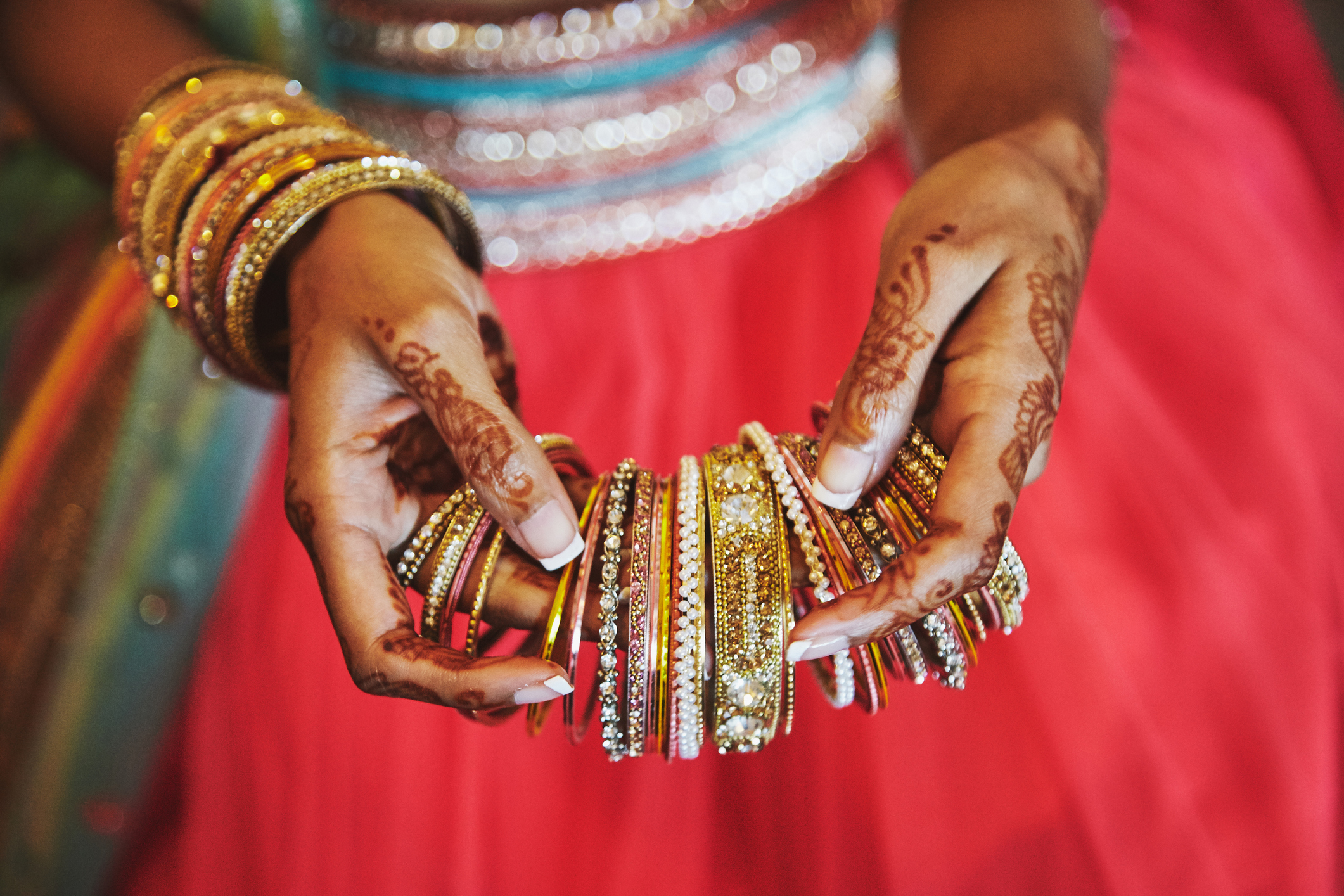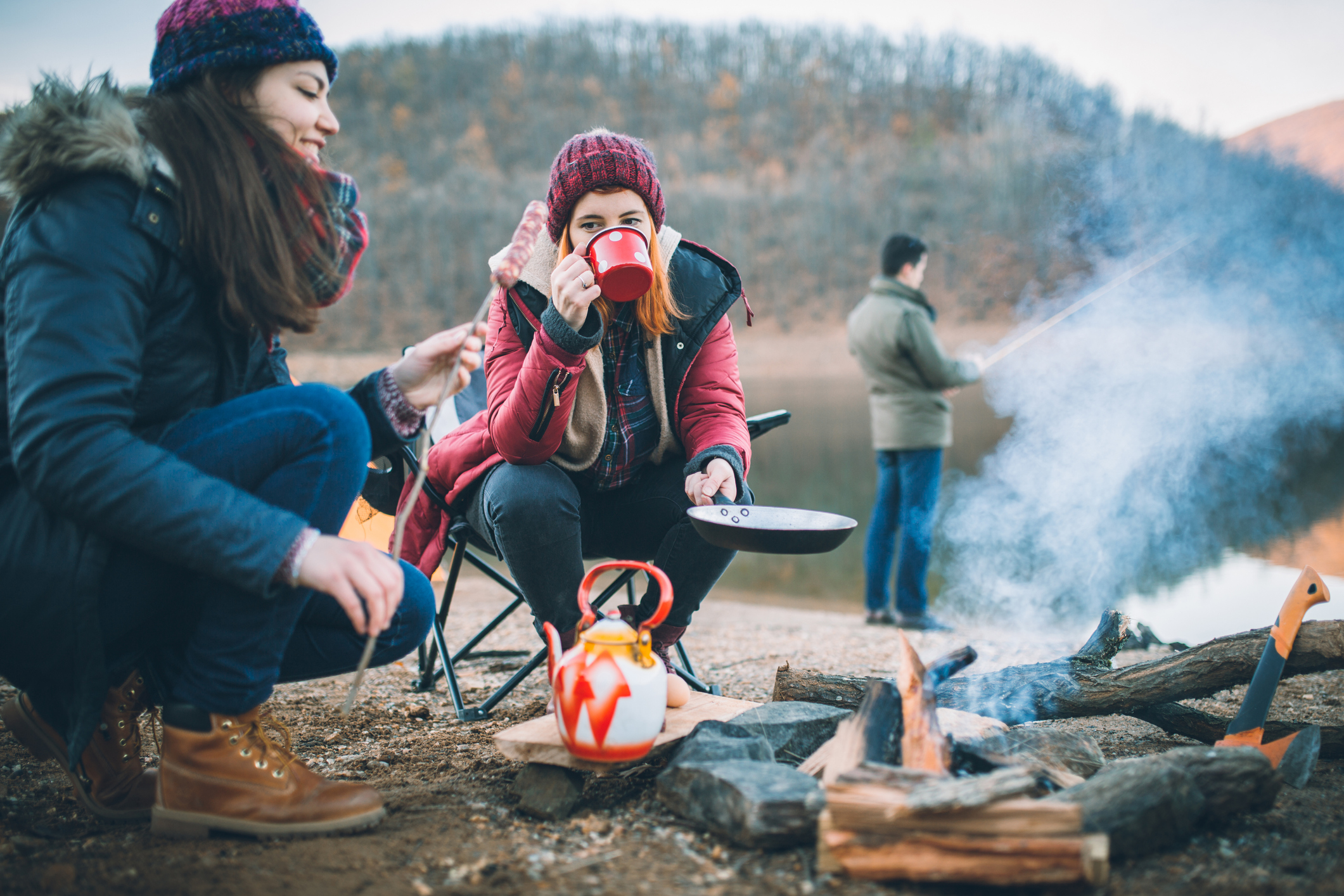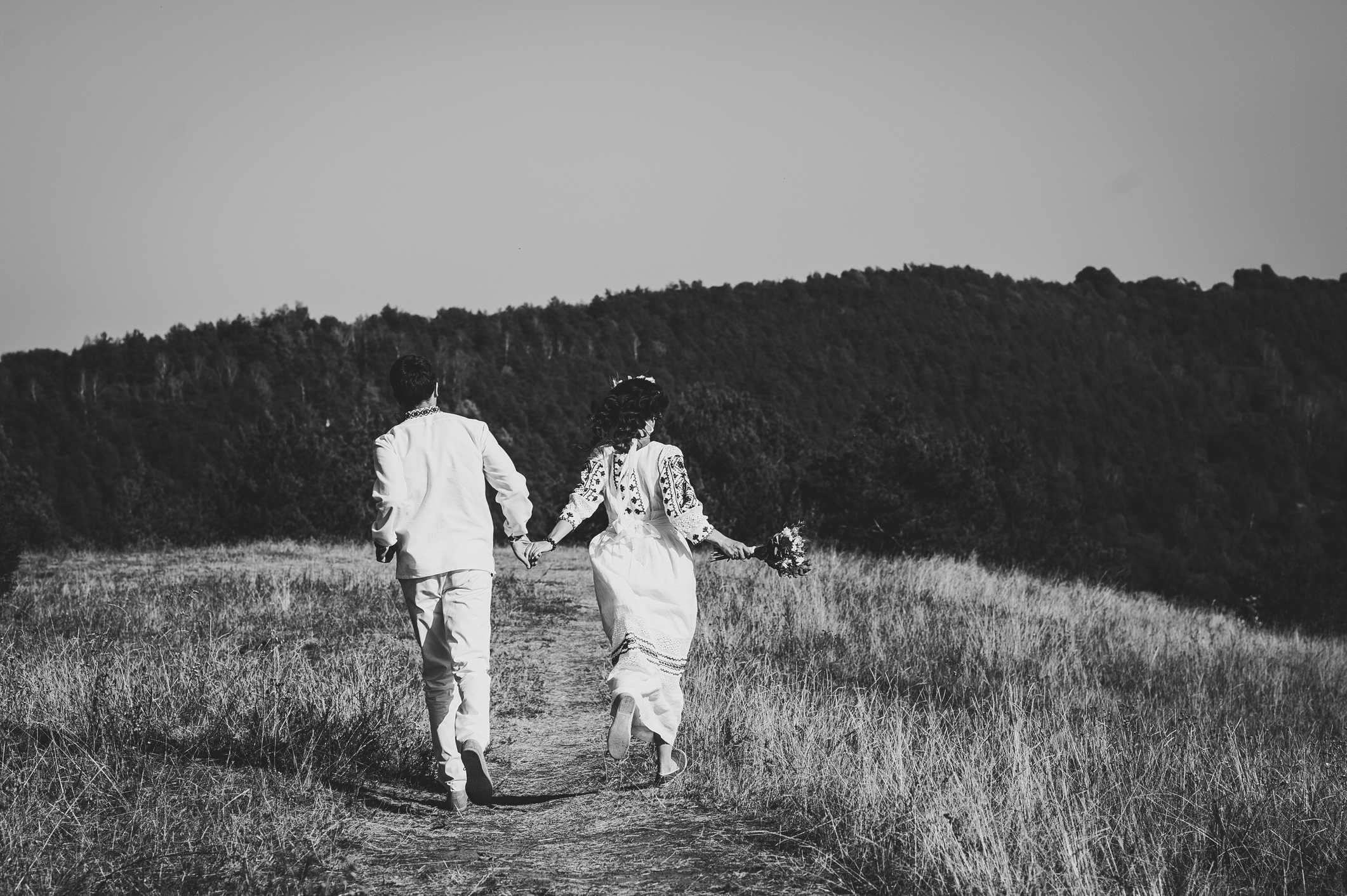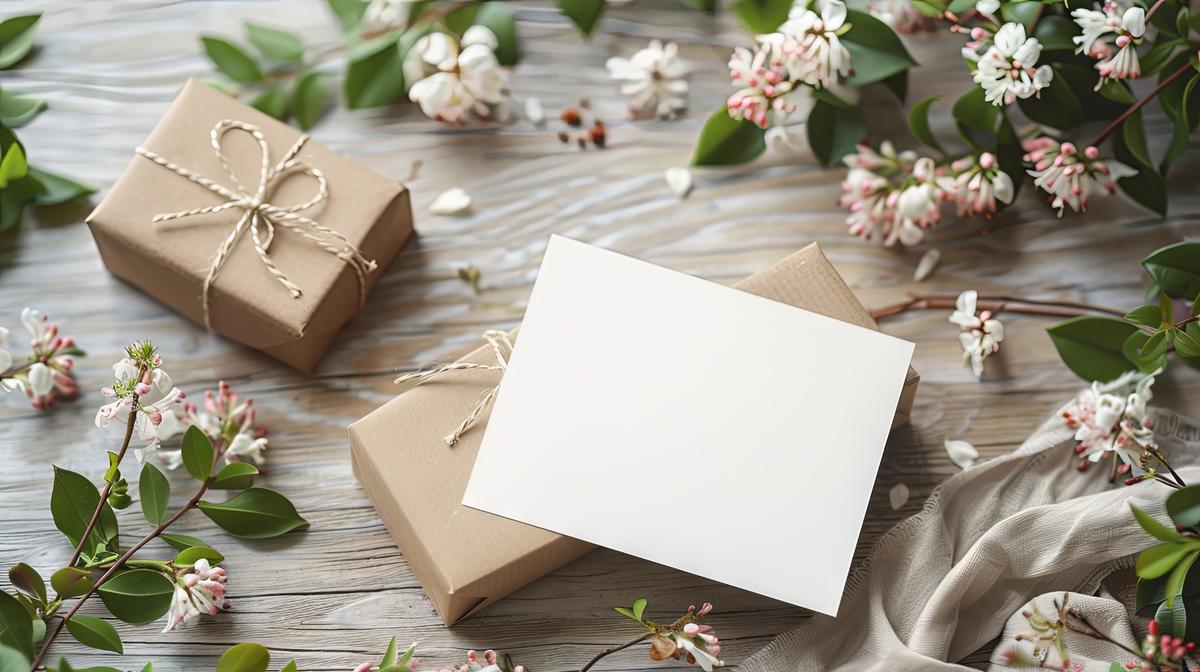When it comes to wedding traditions, all I know is old, new, borrowed, and blue. It never crossed my mind how unusual this tradition is until I read up on other countries and their way of celebrating. For example, it never occurred to me that a bride’s dress would be any color other than white. I understood that wedding dresses worldwide were different, but white always stuck out as the color of a new beginning.
It’s normal nowadays to see traditions being broken, and couples carving out a new path to create their own customs.
As old of a custom it may seem, several cultures still require the man to visit the bride’s family before even proposing, to win the approval of her family, and bestow a dowry upon her. Of course, not everyone is this old-fashioned. Many others chose elopement, and conclude Vegas is the way to go.
Weddings are celebrated a thousand different ways, but no matter the custom or tradition, we can all agree that nothing sounds too outlandish in the name of love.
South Korea
Like many East Asian countries, South Korea wedding customs focus more on the two families becoming one rather than two people joined together. Since South Koreans are very family-oriented, expect to see hundreds of family members in attendance.
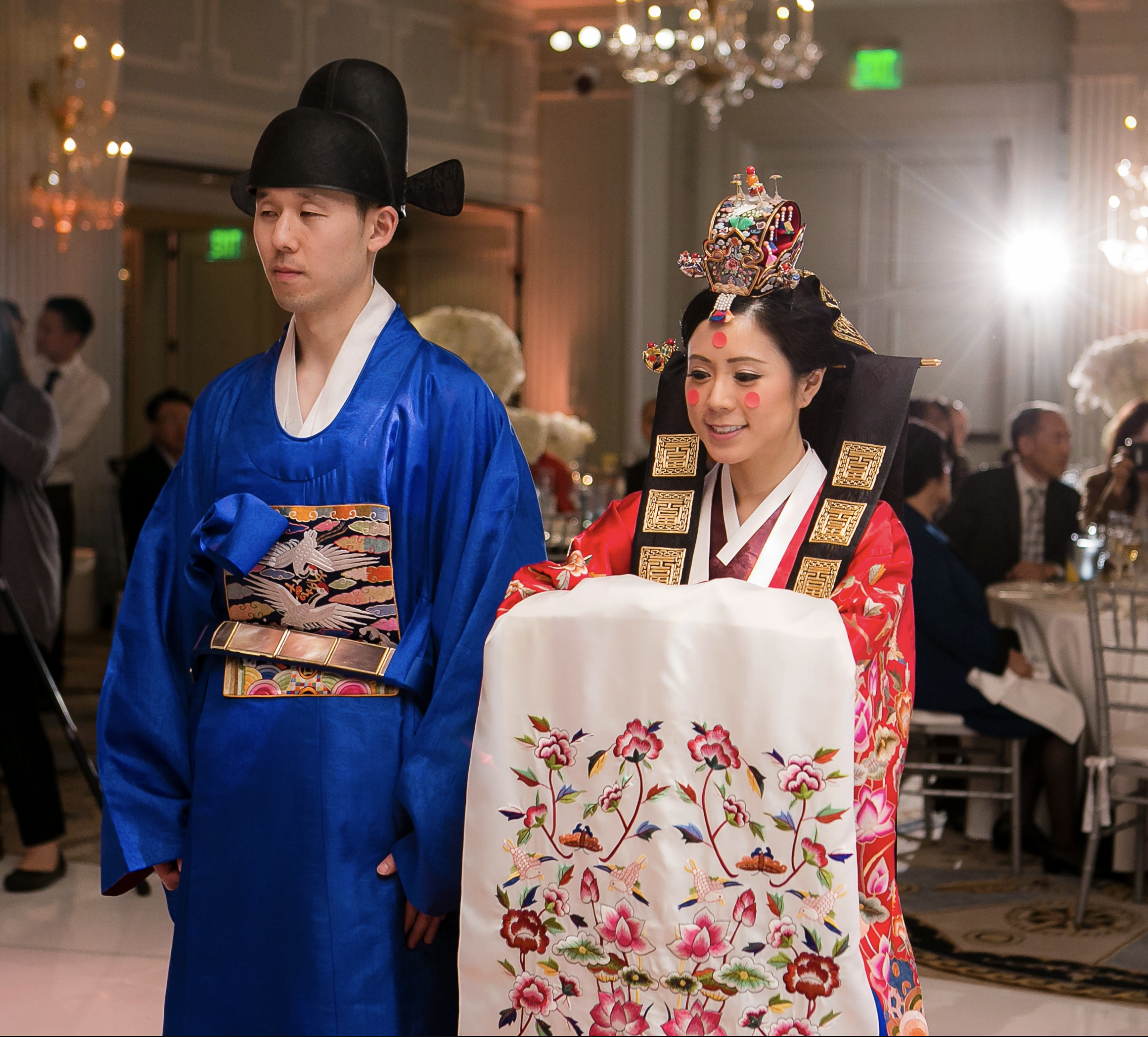
Both the bride and groom and their immediate family wear ceremonial robes known as hanboks to the ceremony. If you’re attending a Korean-American wedding, they may be in the traditional white dress/ black suit attire and might do a wardrobe change after the ceremony. Confucianism heavily influences Korean rituals, so symbolism plays a huge role here.
After the wedding, the newly married couple will pay a visit to the groom’s family where the bride will give the parents dates and chestnuts, a symbol for future offspring. According to WeddingWire, her in-laws will “playfully toss these back to her, and however many she catches said to be the number of kids she’ll have.”
Palestine
Palestinians believe that marriage is essential to the way of life. While it’s true that many marriages are arranged, many couples nowadays have found love on their own. The couple recites their vows before a sheik and pronounced husband and wife on the spot; the partying comes after. A Palestinian wedding lasts three days: a day of celebration for the bride, a day of celebration for the groom, and a feast for both families coming together.
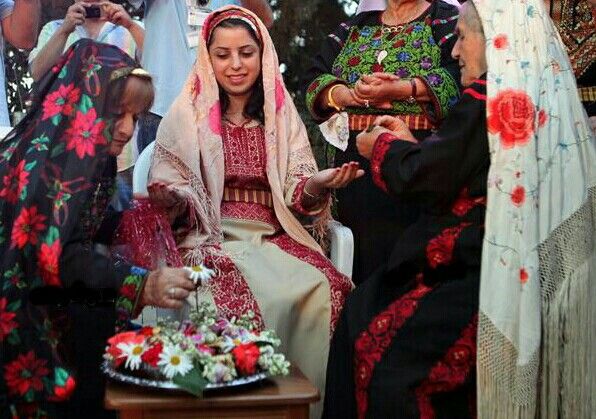
As you may have guessed, this is focused more on joining two families, as well. Tradition requires the slaughtering of a sheep or cow, and the meat to be passed out to the community. This is a way of asking the community to pray for happiness for the couple.
The traditional dabke dance, singing of poetry, loud music, tables of food, and groups of men marching down the street singing are typical on the morning of the wedding. Even though it’s not mandatory, many brides choose mehndi art (henna) instead of the usual jewelry. The bride kissing the hands of her new in-laws’ parents and vice versa is seen as a way to thank them for joining the couple in matrimony.
Japan
A traditional Japanese wedding is conducted at a shrine Shinto-style. Brides wear a white kimono, which is a symbol of purity. It is known to be a very private ceremony meant for immediate family and a few friends present.
One of the most widely known traditions is San San Kudo, which translates to three three nine. The couple drink sake three times from three different sized “nuptial cups.” It’s symbolic for the exchange of wedding vows.
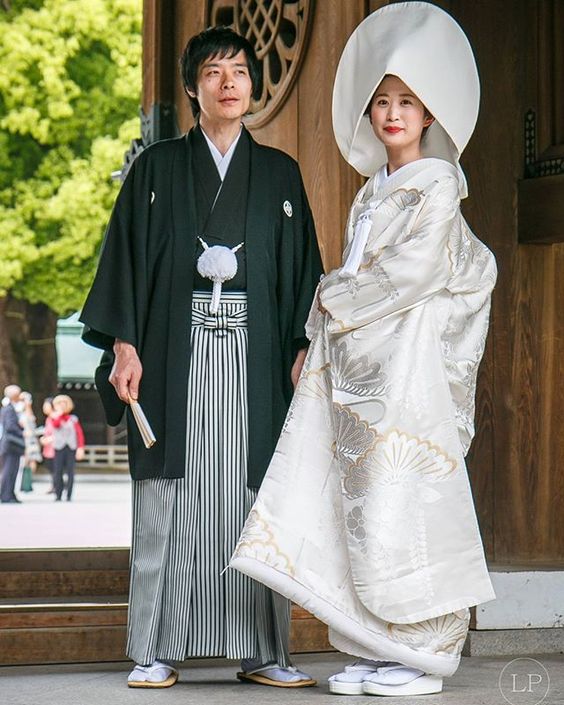
Like South Koreans, the Japanese also believe in the power of symbolism and incorporate it heavily into their ceremony. Such items include bamboo, which According to Manhattan Bride, “represents both prosperity and purity.” Another beautiful ritual is the folding of 1000 gold origami cranes “…since cranes mate for life, stand for good fortune, longevity, and peace in the marriage.”
India
Like the Palestinians, Indian weddings also last three days, beginning with Misri, where the married couple exchange gifts, flowers, gold for the bride, and prayers. Next is the Sangeet party, in which both families (mainly the women) come together for their celebration and dance. Mehendi is the last thing before the wedding, where the bride is embroidered head to toe with henna. The designs drawn are said to strengthen the bond between the couple.
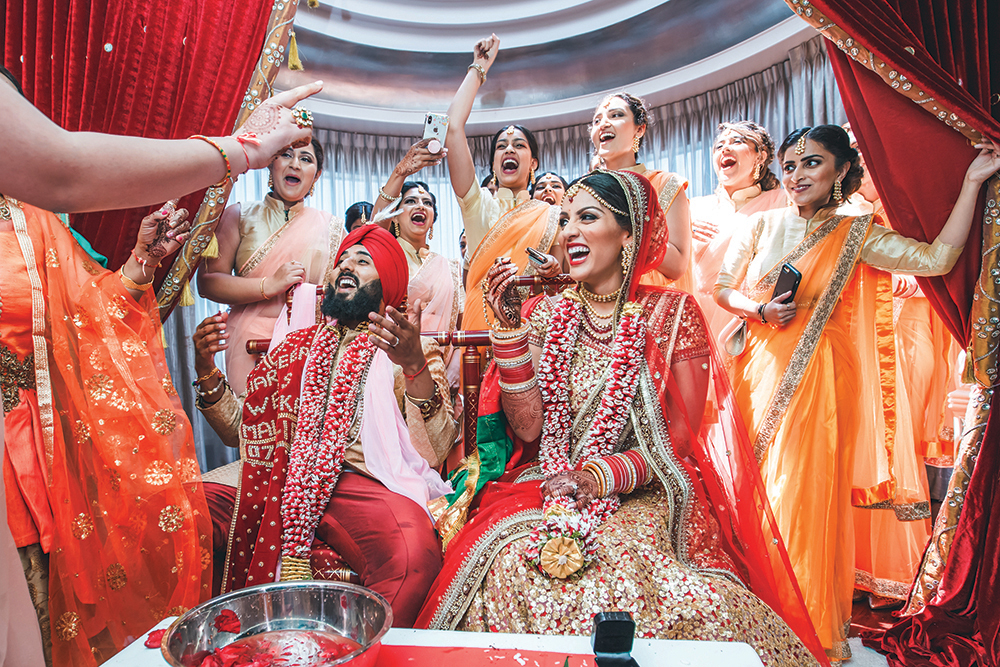
The morning of the wedding (Haldi) is when families spread a mixture of turmeric, oil, and water all over the bride and groom. It’s supposed to calm and moisturize the skin right before the wedding! We’ve all seen how exciting Indian weddings can be because the colors are bold, bright, and vibrant. Throughout the wedding, the families exchange gifts with each other.
Democratic Republic of Congo
The Congolese people are known for their love of dance, music, and celebration. The stages to marriage for the Congolese date back centuries and performed to this day.
The groom must first win the approval of the bride’s family before even proposing. If they agree, a mayor’s delegate reads them their rites, and they are officially married. As soon as they are married, the groom must present dowry to his in-laws- clothes, jewelry, property, etc.
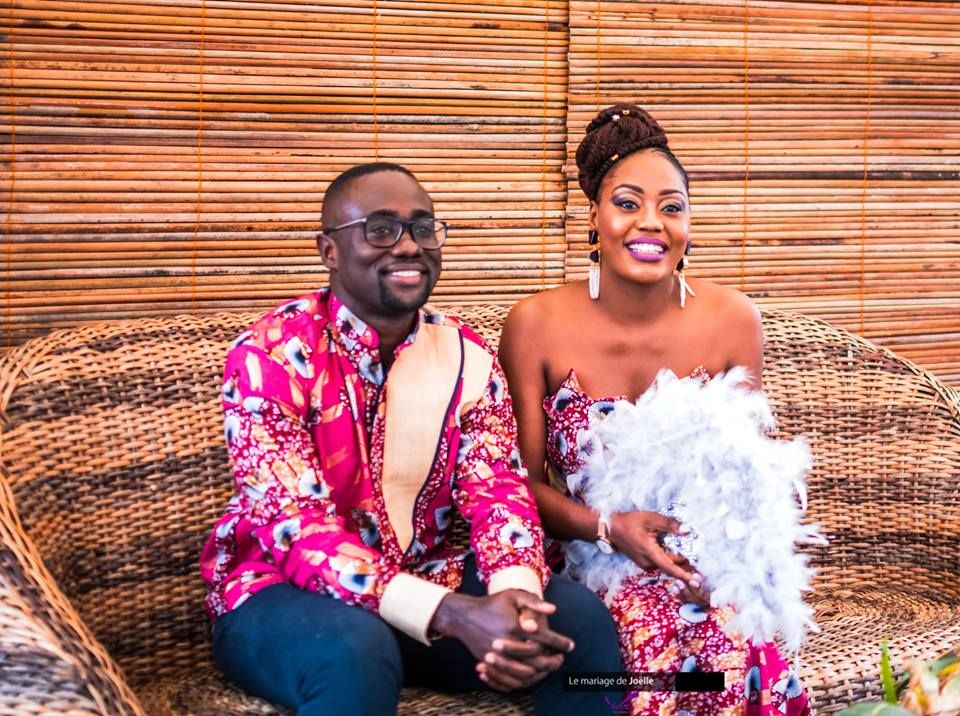
The rest of the day is spent cooking by the women; dishes including “turtle, crocodile, mutton, salted-boiled-braised fish, shrimp, chicken, beef, rice, potatoes, potatoes, plantains, beans, cassava leaves (Africa)”. One ritual requires the bride’s father or grandfather to pour beer on the ground; it is a way of including their ancestors in the celebration so they can keep an eye on the happy couple in the future.
